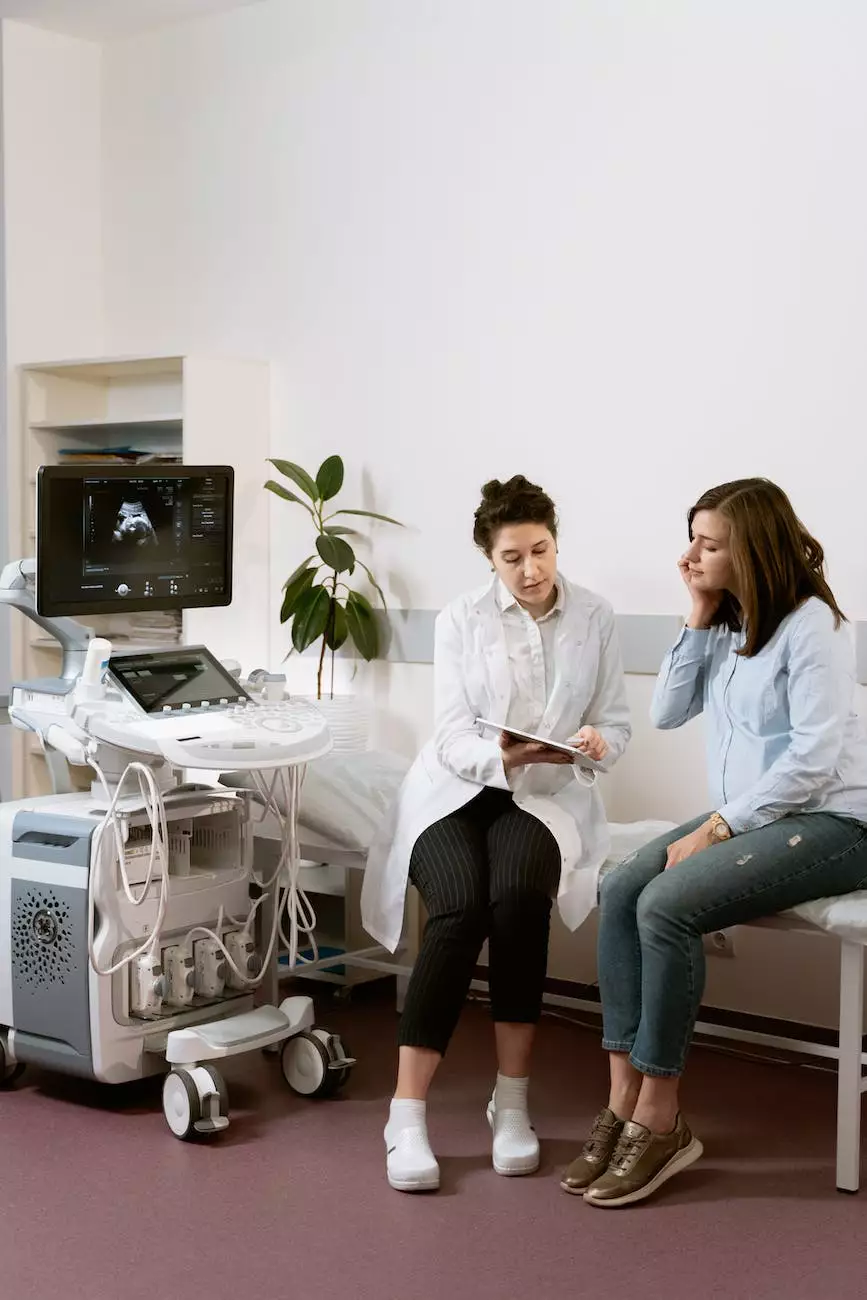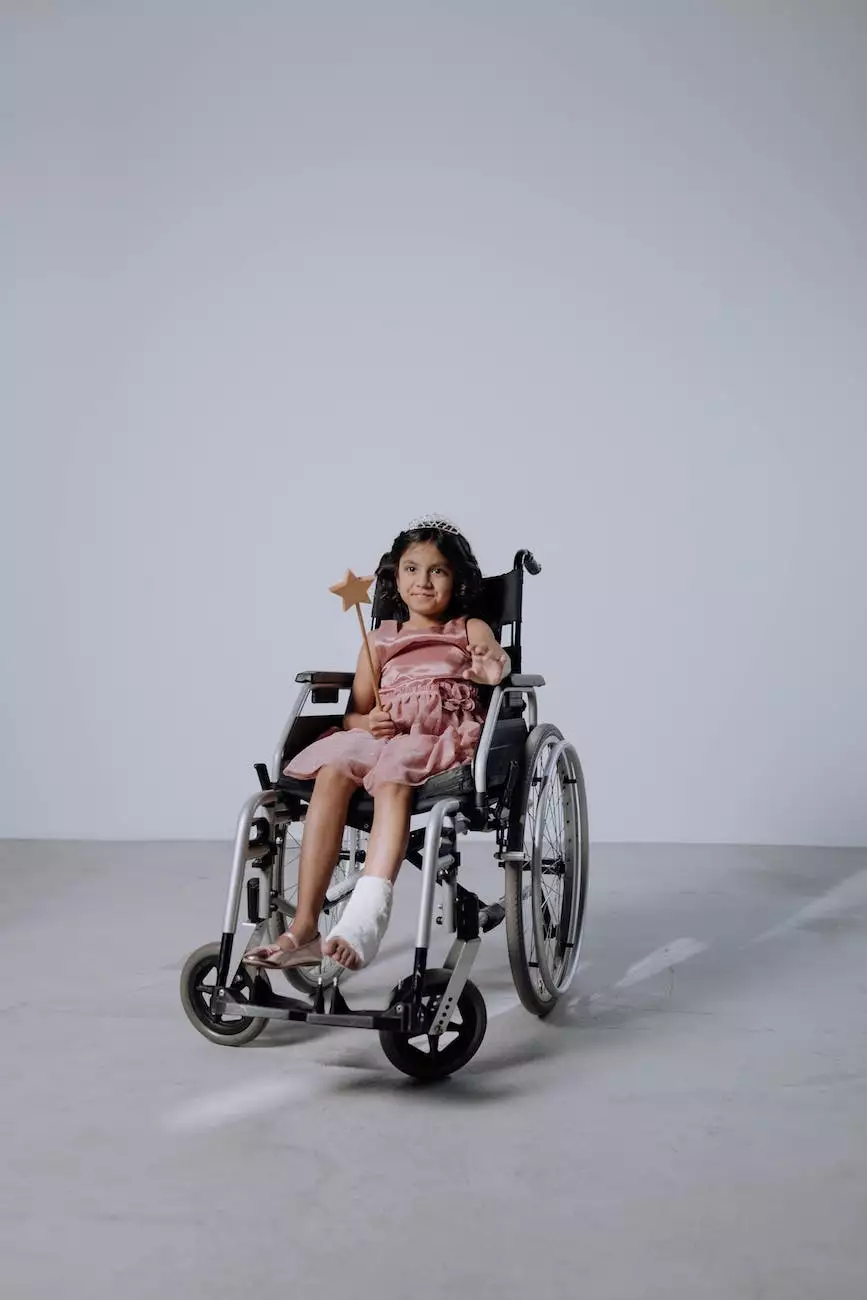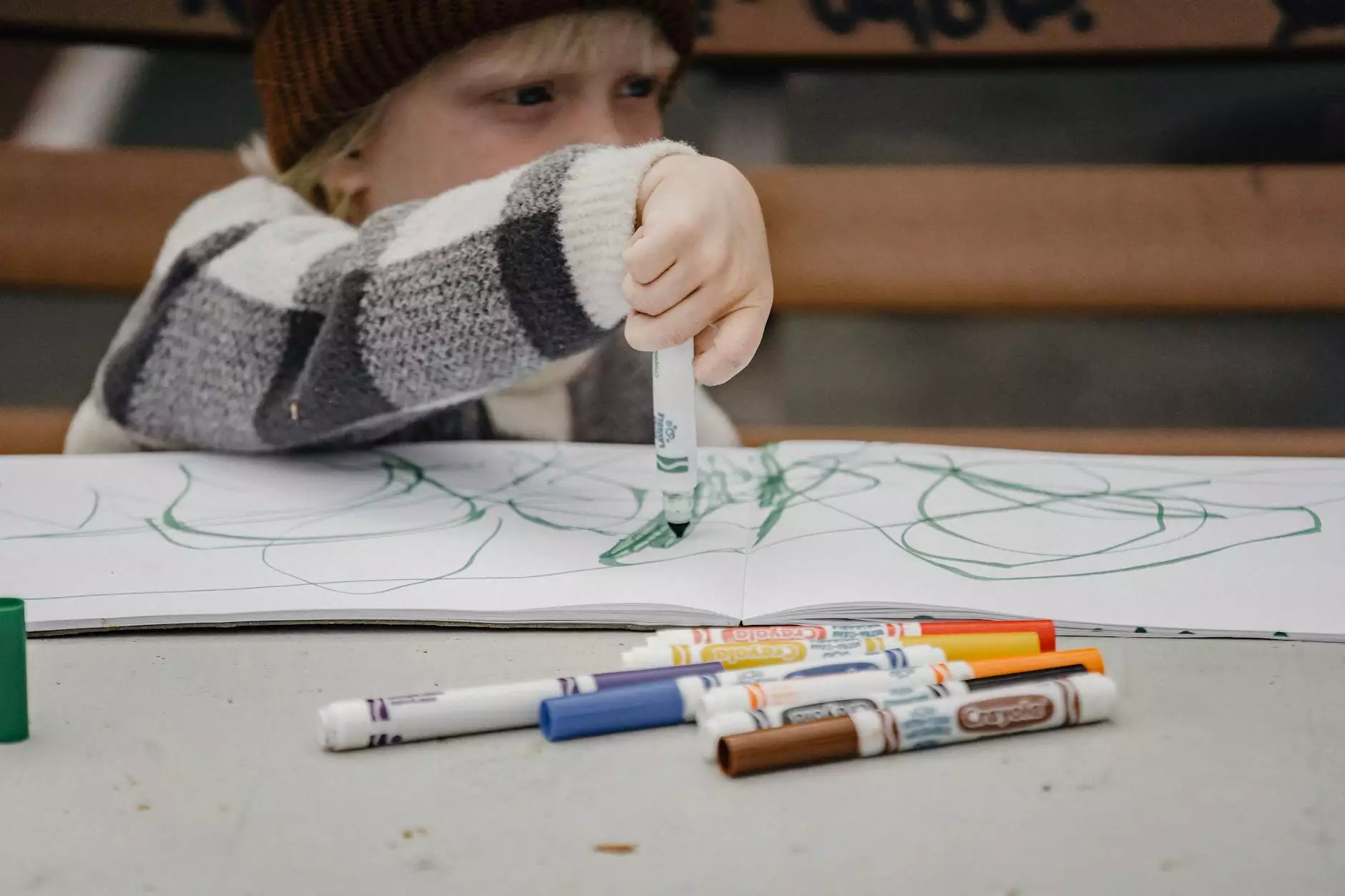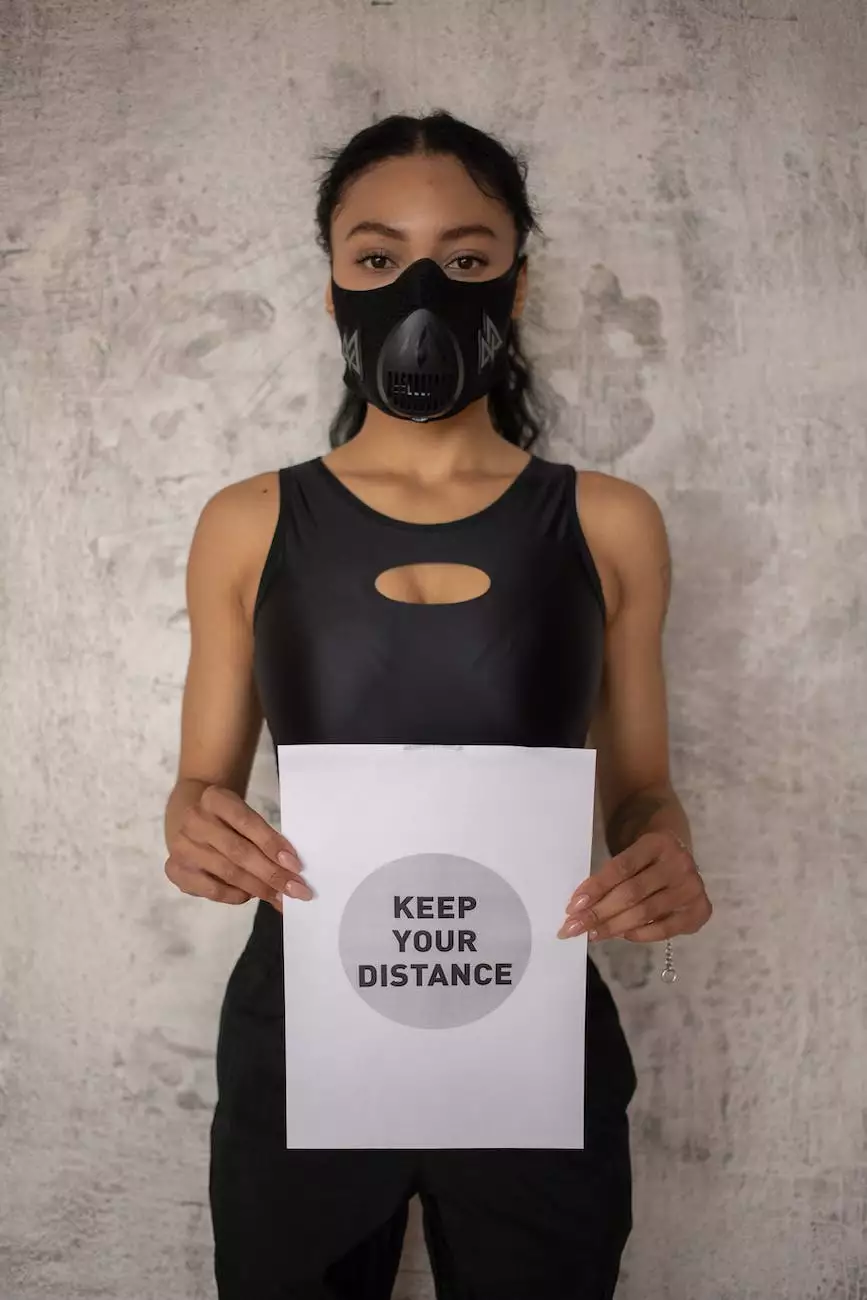Name that Rash: A Guide to Identifying Rashes in Kids
Health
Welcome to Kelley Tim PA-C, your go-to resource for all your pediatric dermatology needs. In this comprehensive guide, we will walk you through common rashes affecting children and provide you with the knowledge to identify and understand these skin conditions.
The Importance of Identifying Rashes in Kids
As a parent or guardian, seeing your child develop a rash can be a cause for concern. Rashes can range from mild irritation to serious conditions, and early identification is key to providing appropriate care. By being able to identify the type of rash your child has, you can better determine if it requires medical attention, home remedies, or just observation.
Common Types of Rashes in Kids:
1. Eczema
Eczema, also known as atopic dermatitis, is a chronic inflammatory condition that affects the skin's barrier function. It is commonly characterized by red, dry, itchy patches that can appear on various parts of the body, including the face, arms, and legs. Eczema can be triggered by allergens, irritants, or genetics, and it often requires ongoing management to keep symptoms under control. If you notice persistent eczema symptoms in your child, consulting with a healthcare professional like Kelley Tim PA-C is advised.
2. Contact Dermatitis
Contact dermatitis is an allergic reaction that occurs when the skin comes into contact with an irritating substance. It can present as red, itchy, and sometimes blistering patches on the affected area. Common triggers include certain plants, soaps, detergents, or metals such as nickel. Identifying and avoiding the triggering substance is crucial to prevent further reactions.
3. Diaper Rash
Diaper rash is a common skin condition that affects babies and toddlers in the diaper area. It is usually caused by prolonged exposure to wetness, friction, and irritants found in urine and feces. Common symptoms include redness, irritation, and sometimes the development of small bumps or blisters. Keeping the diaper area clean, dry, and using barrier creams can help prevent and treat diaper rash effectively.
4. Heat Rash
Heat rash, also known as prickly heat or miliaria, occurs when sweat ducts become clogged, leading to small red bumps or blisters. It is commonly seen in hot and humid weather, especially in areas where clothing rubs against the skin. Heat rash usually resolves on its own once the affected area is kept cool and dry. However, if symptoms persist or worsen, it's recommended to seek medical advice.
When to Seek Medical Advice
While many rashes can be managed at home, there are instances where medical attention is necessary. If your child's rash is accompanied by severe symptoms such as high fever, difficulty breathing, or widespread blistering, it is important to consult a healthcare professional like Kelley Tim PA-C immediately. Additionally, if the rash persists, worsens, or causes significant discomfort to your child, seeking medical advice is recommended.
Conclusion
In conclusion, understanding and identifying rashes in kids is essential for proper care and management. By familiarizing yourself with common rashes such as eczema, contact dermatitis, diaper rash, and heat rash, you can better support your child's skin health. Remember, if in doubt or if the rash is causing concern, don't hesitate to reach out to Kelley Tim PA-C, our expert pediatric dermatology specialist. We are here to provide you with the guidance and care you need to keep your child's skin healthy and rash-free.










